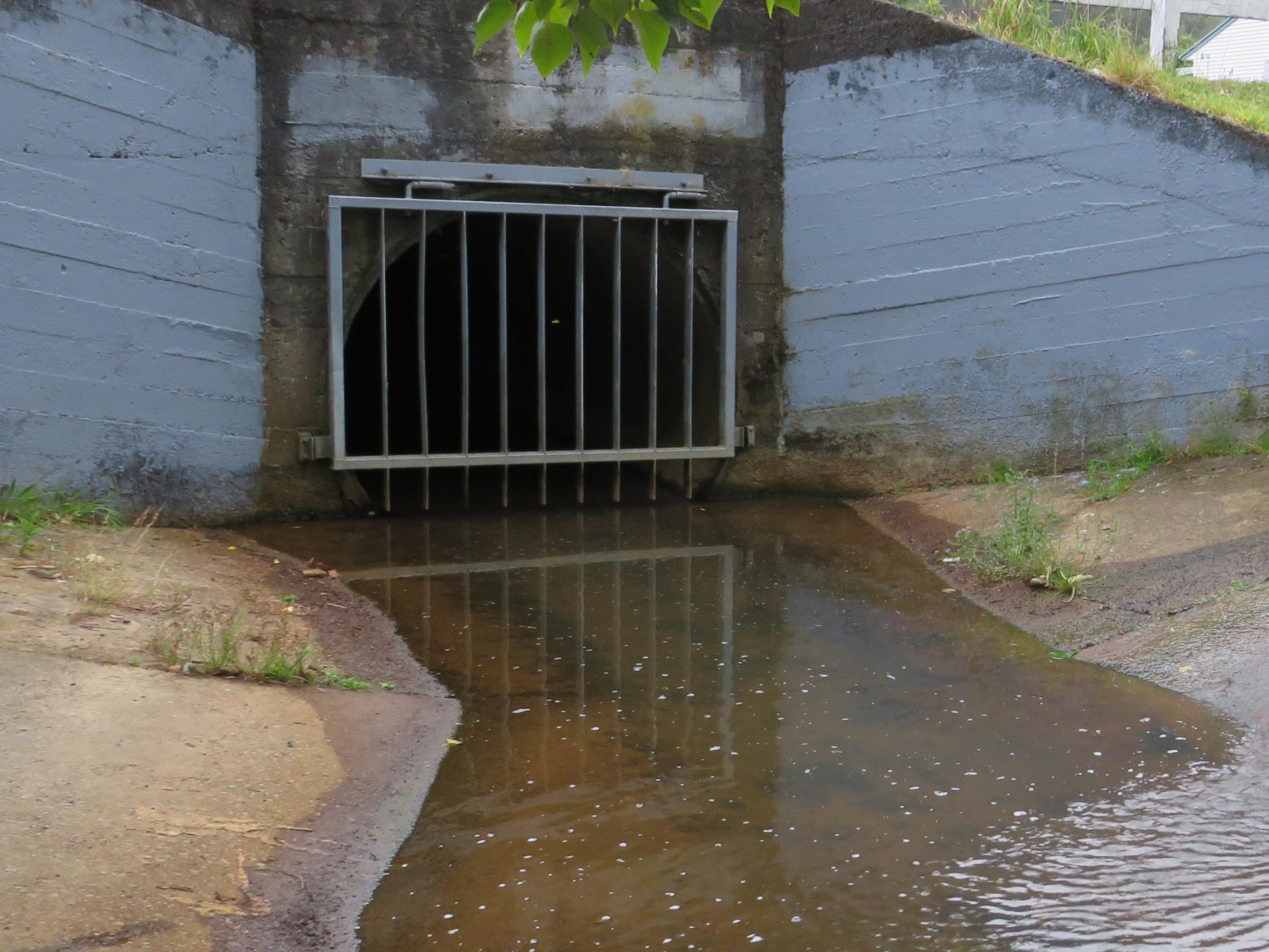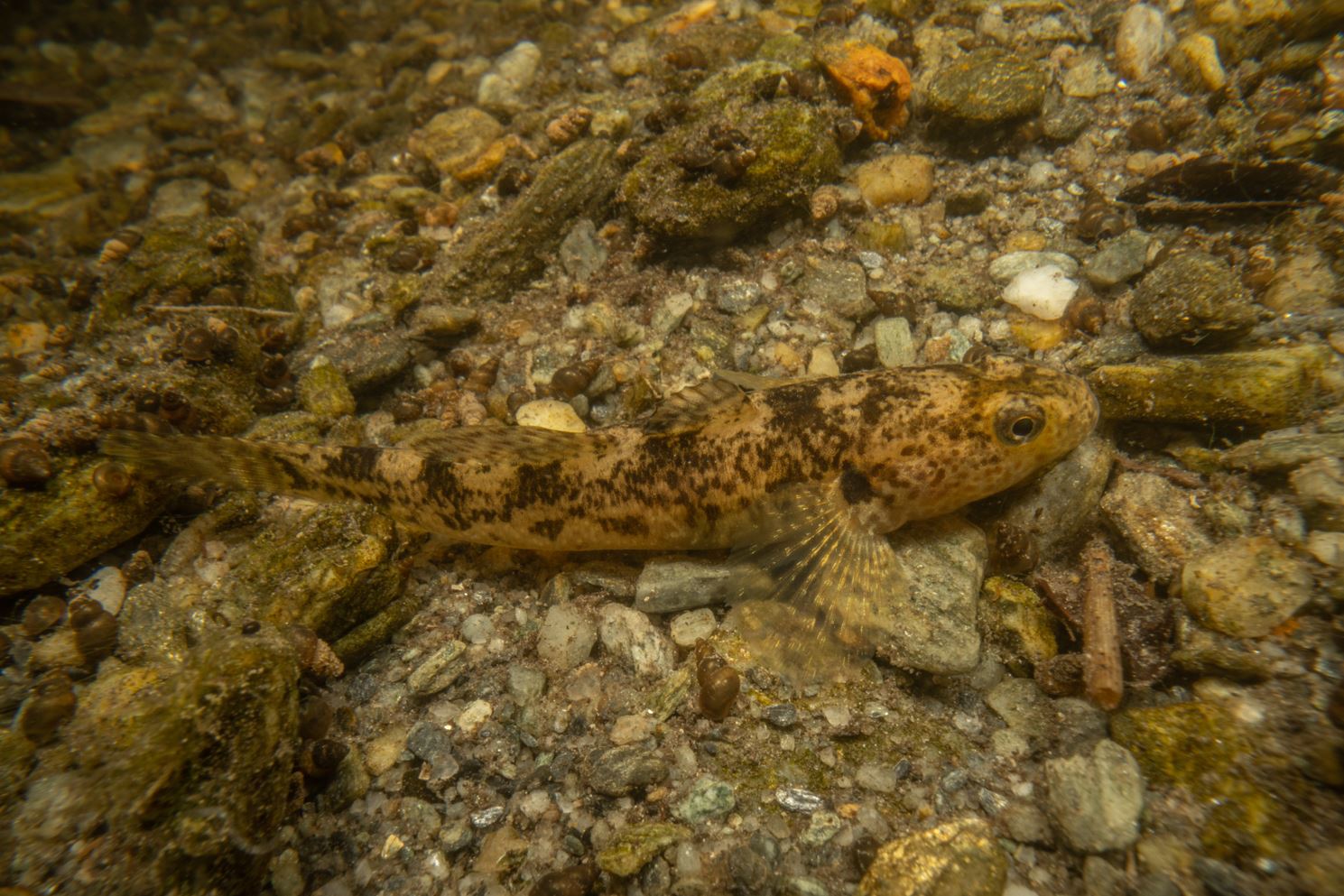Knowing what's out there: Regulating the environmental fate of chemicals

Stream culvert and drain, Lower Hutt. Photo: PCE.
The Commissioner is proposing changes to the way New Zealand manages chemicals to make sure their environmental impacts are not overlooked.
When chemicals enter environments where they are not usually present, or in quantities above naturally occurring levels, they can cause problems for the organisms living there. These contaminants can be natural (such as mineral compounds, or human or animal waste) or humanmade (such as pharmaceuticals and many pesticides). While not all chemicals present a high level of concern, there is a lot we don’t know about chemicals reaching our environment, including how much is used, where they are used, and the effects they are having.
This report reviews how well our regulatory system manages the chemical contaminants reaching and affecting our environment. It also examines whether the system appropriately takes environmental impacts into account when deciding what conditions to place on a substance’s use. The review found there are gaps in the way we monitor chemicals in the environment and in how we interpret their impact on living things.
There are over 30,000 chemicals approved for use across the country but only around 200 chemicals are routinely tested for. Of the monitoring that is undertaken, there is little feedback to the chemical management system that determines how chemicals are used.
The report makes a range of recommendations, including that we gather better information about the quantities of chemicals entering the environment. New Zealand should also develop a common framework to prioritise action on contaminants that pose the highest risk.


